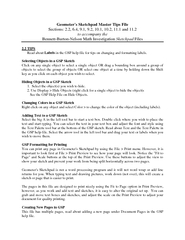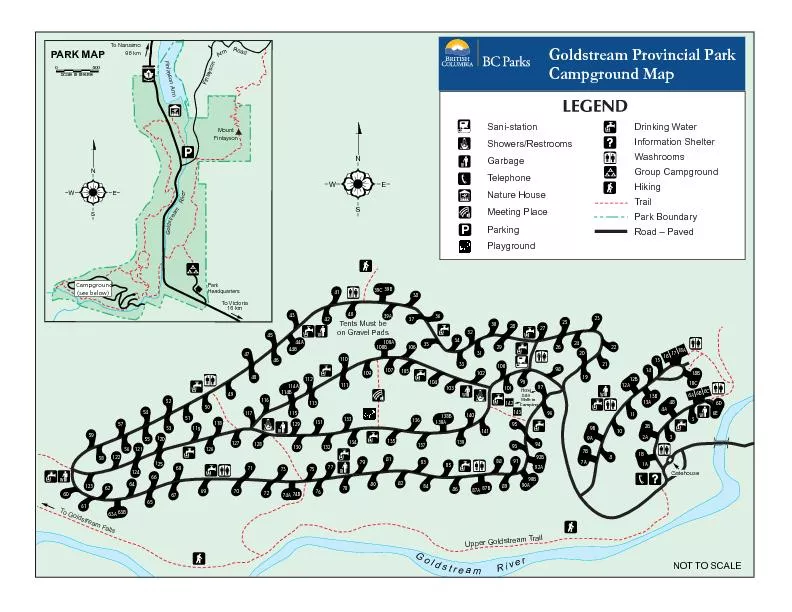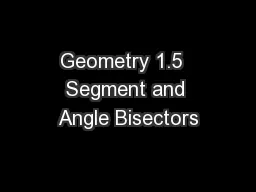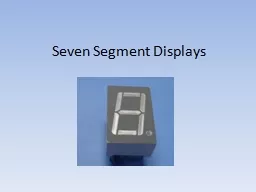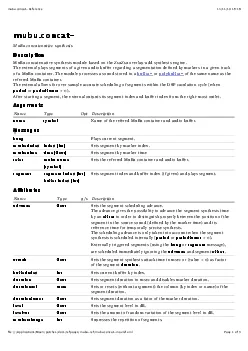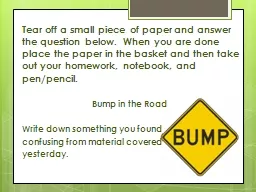PDF-1. Start with a line segment that you wish to beon either endpoint. A
Author : olivia-moreira | Published Date : 2015-07-28
101 TIPS Setting Decimal Places of Accuracy for Computations Use the Edit Preferences menu to set units cm or in and decimal places of accuracy Constructing Arcs
Presentation Embed Code
Download Presentation
Download Presentation The PPT/PDF document "1. Start with a line segment that you w..." is the property of its rightful owner. Permission is granted to download and print the materials on this website for personal, non-commercial use only, and to display it on your personal computer provided you do not modify the materials and that you retain all copyright notices contained in the materials. By downloading content from our website, you accept the terms of this agreement.
1. Start with a line segment that you wish to beon either endpoint. A: Transcript
Download Rules Of Document
"1. Start with a line segment that you wish to beon either endpoint. A"The content belongs to its owner. You may download and print it for personal use, without modification, and keep all copyright notices. By downloading, you agree to these terms.
Related Documents

